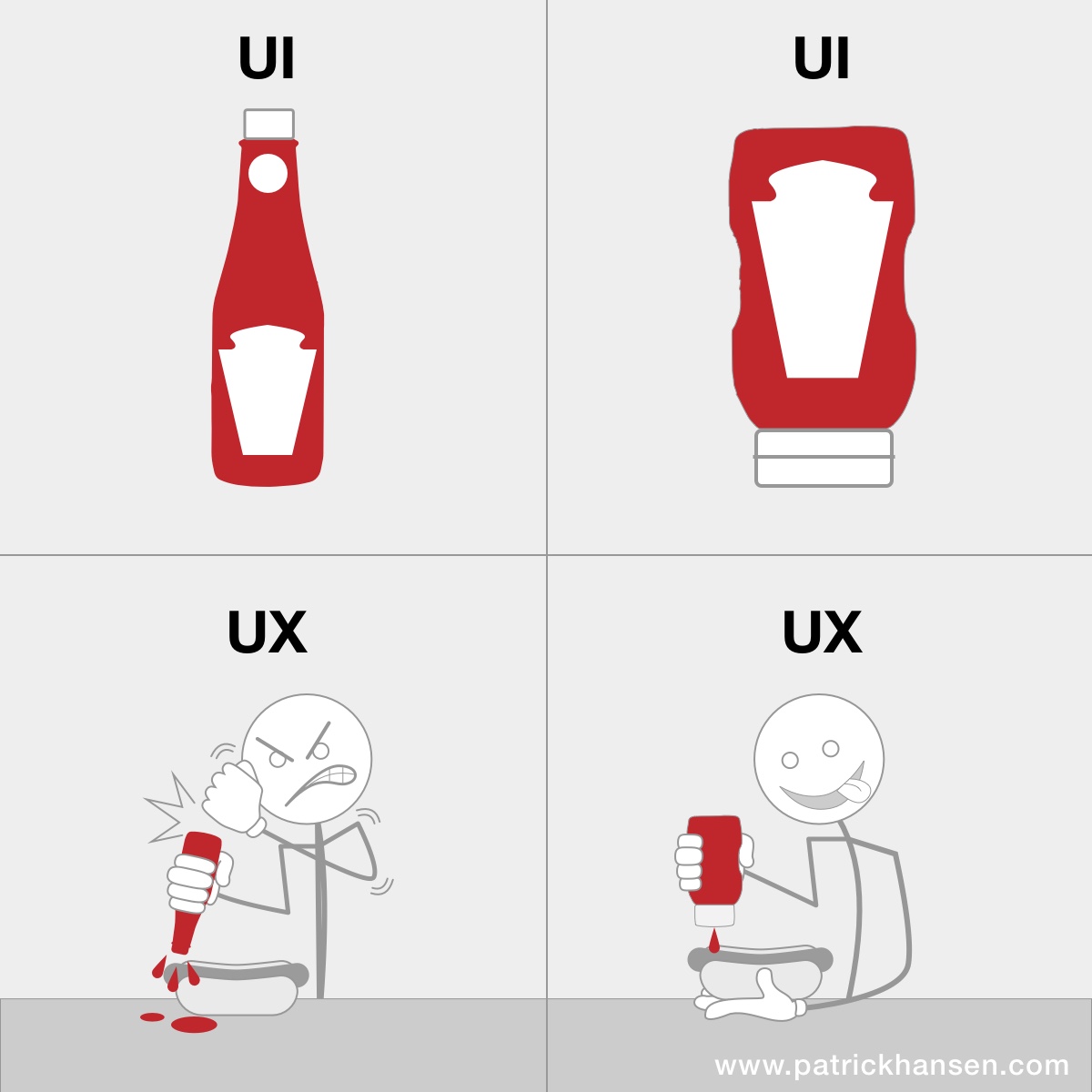My UX Design experience
"UX designer, UI designer, Product designer… What is the difference?"
This was my question when I heard for the first time about these roles. I thought they were somehow related to the look and feel of a website or an app. I was quite far from the right definition. In fact, a UX designer takes care of designing a great digital product experience on apps or websites.
"Design is not just what it looks and feels like. Design is how it works",
Steve Jobs

It is a simple definition with a complex process behind the scenes though. In order to create a user-friendly experience, a UX designer needs to understand the users needs and interests (expectations), awake their emotions (product experience) and make them come back (memory) This requires finding answers to a lot of questions: who, what, when, where, why, how and everything that has to do with the user interaction with the product. Ah! and without forgetting about the business goals, of course!

This complex and complete process catched my attention. I have always worked on digital marketing focused on user acquisition but also on market research, as it is crucial not only to get to know potential customers but also competitors.
With my marketing and frontend development knowledge, I thought that learning UX design would give me the extra piece I needed to get a complete picture of the whole process: from understanding users needs, motivations and goals through the product creation till the final promotion and testing.

What did I learn?
During the certified UX program I did, I went through a good combination of theoretical concepts and practical challenges. The goal was having a portfolio by the end of the program with my first project focused on a fictitious city website for tourists. This project was meant to go through the UX design phases: analysis, strategy, architecture, interaction and aesthetics.
Although the project's main focus was creating a website with a user-friendly experience, it also touched some UI concepts at the last stage. As mentioned before, a UX and a UI designer are not the same roles. While a UX designer mainly focuses on a product's functionality, a UI designer cares about the aesthetics of the product (visual design elements like colors, icons, shapes, typography, transitions, etc.)

Having a mentor was another important part of the UX program. Recurring 1:1 talks were very useful to discuss the project, get feedback from an experienced UX designer and make me question, rethink and improve my project.
If you are considering learning more or becoming a UX designer, you might be wondering what are the necessary skills. A good UX designer should be a:
- Good listener
- Good communicator
- Empathetic
- Team player
- Analytical thinker
- Detail-oriented & problem solver
- Curious & life long learner
